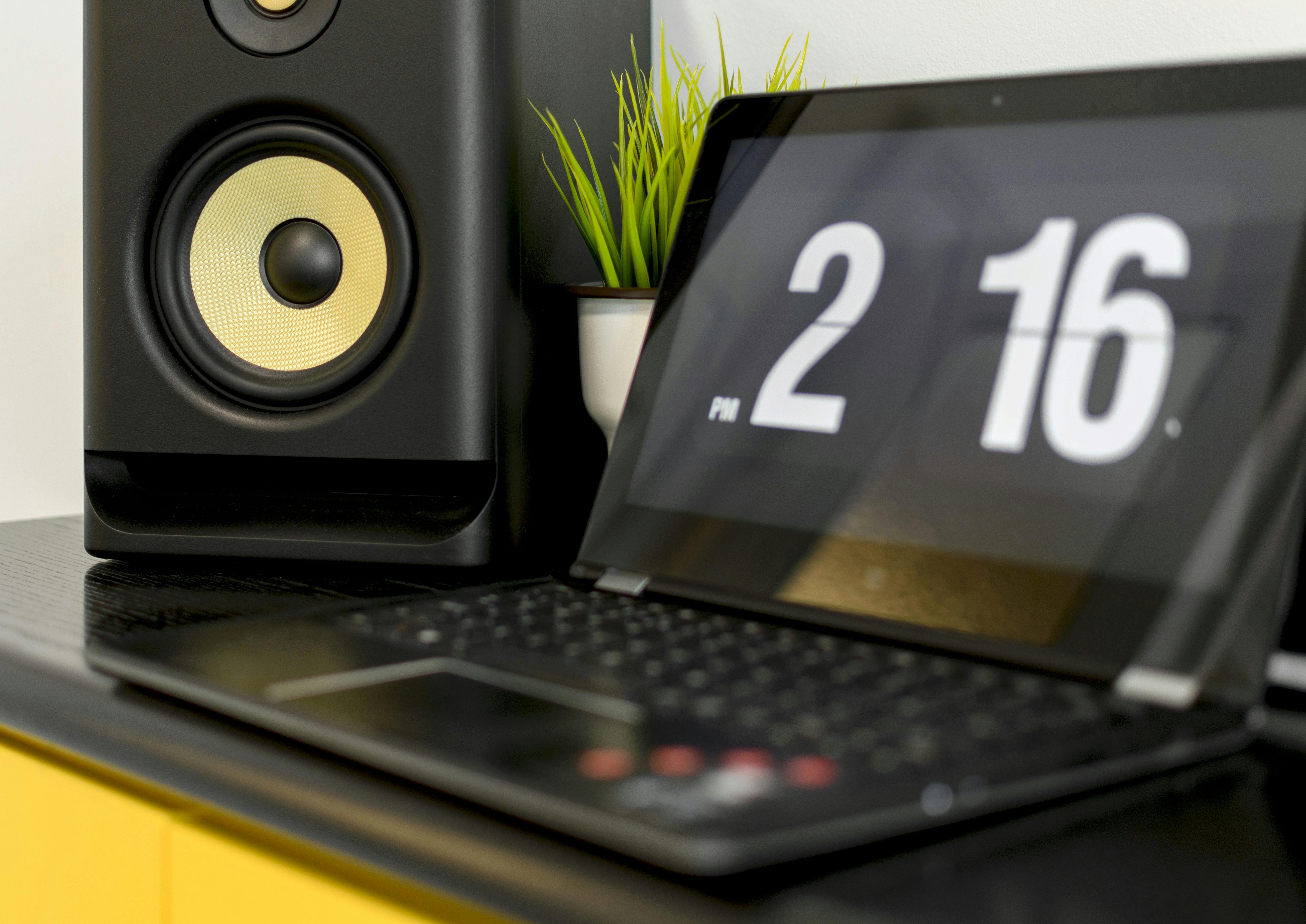Technology never stops bringing us exciting developments and always promises to improve our lives. In recent years, there has been an explosion of creativity and technological innovation, with bold projects being undertaken in every corner of the Earth: from wireless power, 3D printing, gamification, autonomous vehicles and automatic content recognition, to mobile robots and – the topic of this publication: Internet of things or, as some call it, Internet of everything. Sounds great? Well, that’s probably because it is. The promise of this company is nothing less than a game changer, with the ultimate goal of bringing all inanimate objects to life, in a truly Frankenstein way.
What is Internet of Things?
The Internet of Things (IoT) is a scenario where every thing (device, human, network, etc.) – has a unique identifier and the ability to communicate over the Internet. The idea is to create a situation where we don’t have to control each piece of equipment separately, but instead have high-level control over a complex chain of integrated events, over an “army” of interconnected devices that can communicate with each other. as well as with us.
The Internet of Everything combines several trends, including cloud computing, the growth of connected devices, Big Data, the increasing use of video, and the growing importance of mobile applications compared to traditional computing applications. The Internet of Things is an evolutionary result of the trend towards ubiquitous computing, a trend that assumed the need to integrate processors into everyday objects.
Kevin Ashton, co-founder and CEO of the MIT Auto-ID Center, explains the potential of the Internet of Things:
“Today, computers, and thus the Internet, rely almost entirely on humans for information. Nearly all of the approximately 50 petabytes (a petabyte is 1024 terabytes) of data available on the Internet was captured and created by first time by humans. by typing, pressing a record button, taking a digital photograph or scanning a barcode…
“The problem is that people have limited time, attention and accuracy, all of which means they’re not very good at capturing data about things in the real world… If we had computers that knew everything there is to know about things , using collected without our help – we could track and count everything, and greatly reduce waste, loss and cost.”
‘Rule your world on a smartphone’
Although it still sounds like a futuristic fantasy, the IoT is already happening, with many technologies in very advanced stages of development. The potential of this technology has inspired developers to produce solutions geared towards both the consumer and the B2B market.
The battle for the hearts and minds of consumers is centered around home automation, with companies like SmartThings, Nest Labs and Ninja Blocks leading the way. Another important consumer-facing area is self-quantification, which is playing an important role in developing consumer awareness of the potential of the IoT.
Beyond the consumer, B2B vertical applications of IoT show great promise in several areas, such as transportation, manufacturing, healthcare, and retail.
Development projects
SmartThings started as a Kickstarter project and has grown into a nifty company offering a range of nifty products, including physical devices for home automation and apps to control them. It is based on a cloud-based software platform that allows users to install applications in their lives that make the world more responsive and enjoyable. More exciting still, SmartThings is building an open platform and explicitly embracing developer communities, paving the way for a more open and diverse environment perfect for unrestricted creativity. Applications in development cover areas such as: Convenience, Family, Fun & Social, Green Living, Health & Fitness, and Safety & Security.
Another promising project, created to foster open digital systems, is Xively Cloud Services™ (formerly Cosm and formerly Pachube). It bills itself as the ‘world’s first public cloud for the Internet of Things’ and aspires to provide a common foundation through which any Internet-connected device can communicate with any other device.
Like Cosm before it, Xively will offer a way for different devices to connect to each other, albeit now with commercial terms of service for business users and freely available services for projects in development. The existence of platforms like Xively seems to be critical to building a true Internet of Things instead of what we actually have now.
Internet or intranet?
So far, despite all the exciting developments, the Internet of Things is still in its infancy, with most devices connected to the Internet but still unable to communicate with each other, creating a de facto plethora of Intranets of Things. instead of a single unified Internet. of things. What is needed now for this technology to really take off is a common platform on which unrelated devices can be connected, ideally one that is open source to maximize the potential for future innovations and developer involvement. The devices offered today are also very expensive and their scope for inter-device communication is still quite limited.
In the future, the development of the IoT market will inevitably bring more compatible and affordable consumer products that will be available to more people. But despite all the talk about the benefits of the IoT, it seems that nobody raises real concerns, such as: what if the machines, capable of communicating and relating to each other, no longer need us and run away, or else otherwise unite and turn against us? There must be a science fiction movie about this scenario somewhere. Either way, epic times are ahead.
